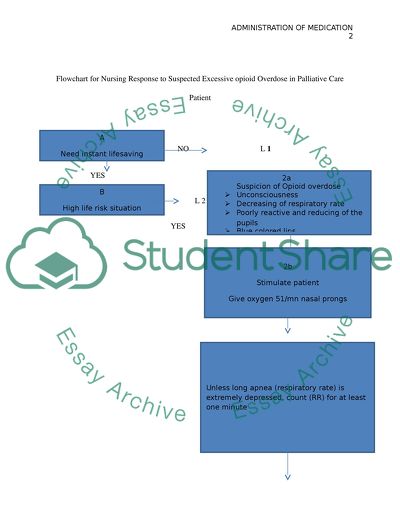Cite this document
(“Nursing Response to Suspected Excessive opioid Overdose in Palliative Research Paper”, n.d.)
Nursing Response to Suspected Excessive opioid Overdose in Palliative Research Paper. Retrieved from https://studentshare.org/nursing/1466884-nursing-response-to-suspected-excessive-opioid-overdose-in-palliative-care-patient
Nursing Response to Suspected Excessive opioid Overdose in Palliative Research Paper. Retrieved from https://studentshare.org/nursing/1466884-nursing-response-to-suspected-excessive-opioid-overdose-in-palliative-care-patient
(Nursing Response to Suspected Excessive Opioid Overdose in Palliative Research Paper)
Nursing Response to Suspected Excessive Opioid Overdose in Palliative Research Paper. https://studentshare.org/nursing/1466884-nursing-response-to-suspected-excessive-opioid-overdose-in-palliative-care-patient.
Nursing Response to Suspected Excessive Opioid Overdose in Palliative Research Paper. https://studentshare.org/nursing/1466884-nursing-response-to-suspected-excessive-opioid-overdose-in-palliative-care-patient.
“Nursing Response to Suspected Excessive Opioid Overdose in Palliative Research Paper”, n.d. https://studentshare.org/nursing/1466884-nursing-response-to-suspected-excessive-opioid-overdose-in-palliative-care-patient.


